Estimated reading time: 3 minutes, 45 seconds
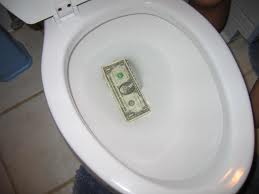
I was just going about my normal morning routine when I noticed that my wife had left some dried house plant leaves floating in the toilet. This got me thinking, what should not be flushed, and why? I recalled taking this toilet off a few years ago because water was coming from the base, I couldn’t tell what the obstruction was at the flange at the time, but I assumed it was part of the construction debris. It turned out that it, too, was a large leaf. I guess old habits are hard to break.
I had also received a complaint from a client that had clogged his toilet after taking his first good dump. The assertion was that we had flushed construction debris, and that had made his poop get stuck. After removing the toilet there was nothing but poop to remove. Perhaps we should have flushed it a few times prior to it’s inaugural use.
Not too many years ago, the Boise River was the destination for all untreated sewage We now have state of the art system that still ends up ultimately discharging into the Boise River. This brings me to my point.
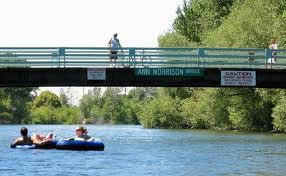
NOTHING except human waste and toilet paper should be flushed or sent down the drain, and this is why.
Whatever gets flushed is mixed with a small amount of water and slips down past a P-Trap. It then goes merrily along pipes that are only 2″ – 3″ in diameter and often at a grade of only 1/4″ per foot that feed into into the main drain. This pipe can be anywhere from 3″-4″ and can go for 80′-100′ in some cases. It’s a straight shot under the back yard or, in one case, around the house, with several 90 degree turns and out to the front of the home.
Depending upon the age of your home, the sewer pipes could be made of a number of products that are no longer approved for use. This list include those made of orange-burg, terracotta, and cast iron; Only ABS and PVC are allowed now. These older homes are full of rough edges and root penetrations that are just looking for something to hang up, and can easily obstruct the flow. Leaves, hair, and feminine products are the perfect set up for a clog.
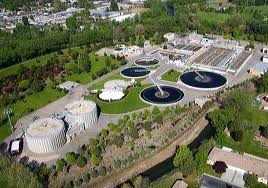
Our flushed debris and waste then goes on through the maze of city pipes, commingling with your neighbors’ debris via a gravity system, to one of two sewage treatment plants that are scattered about the city. At the plant, there are all sorts of processes the waste goes through – including screens, settling tanks, and pressurized filtration. These are designed to pull the junk out and eventually clean the water, then return it back into the Boise River. Here is a link to the Boise City Works promotional video You can also take a tour and admire the many learning opportunities for related field trips.
Here is a partial list of stuff that has been recovered from our system according to Dave Baccaa who oversees the camera operations for the system: jewelry, money, plastic wrappers gold fish (lots of gold fish), and even an iguana.
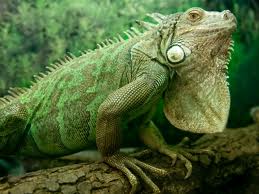
Vince Trimboli, the system’s public information person says “One of the biggest problems is FOG: Fats, Oils, and Greases. This is fairly easily controlled at restaurants with grease traps, but the residential contribution is a huge problem. Much like atherosclerosis, grease coats the pipes, narrowing their ability to carry sewage away from the home. It becomes white and hard and is difficult to clean out. It even extends into the city sewer system.
Another huge problem is flushed medicine, and all sorts of other things that are not human excrement being flushed. We have 2 very cool methods of disposing of stuff in Ada County. First of all we have a free hazardous waste disposal spot at the landfill. They also have mobile pick up sites placed regularly around the city. Next, we have this medicine drop off program at all of the local law enforcement agencies. It is a no-questions-asked safe place to drop them off.
FUN FACT:
Q: Name the day and time when the sewer system regularly gets the largest volume of flushed water annually?
A: Half time during the Super Bowl.

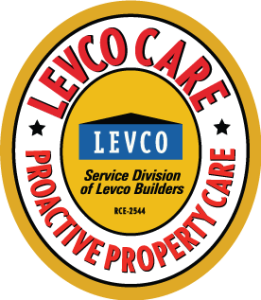
Leave a Reply